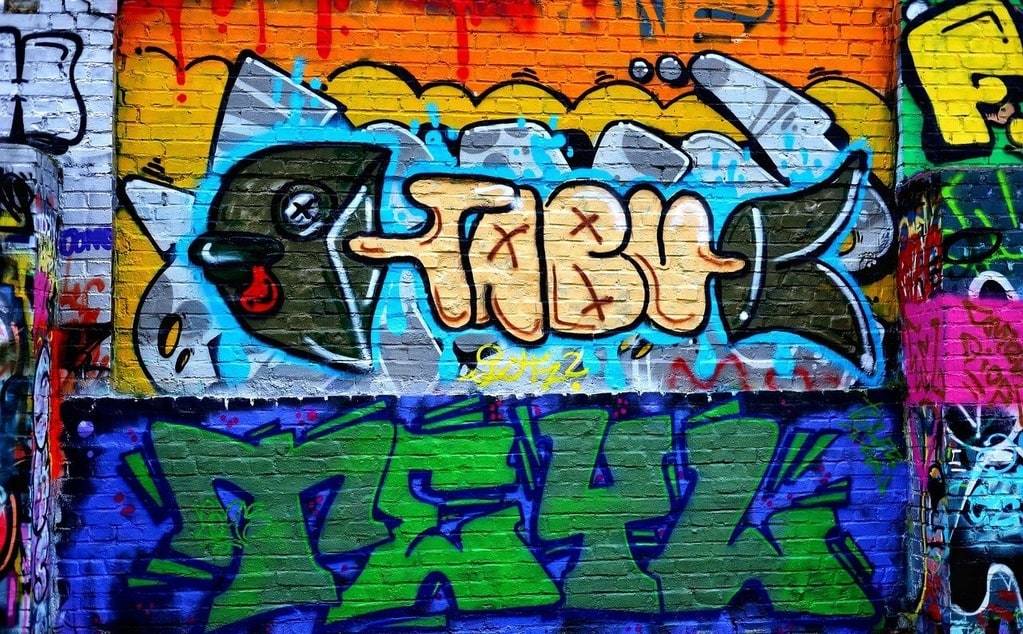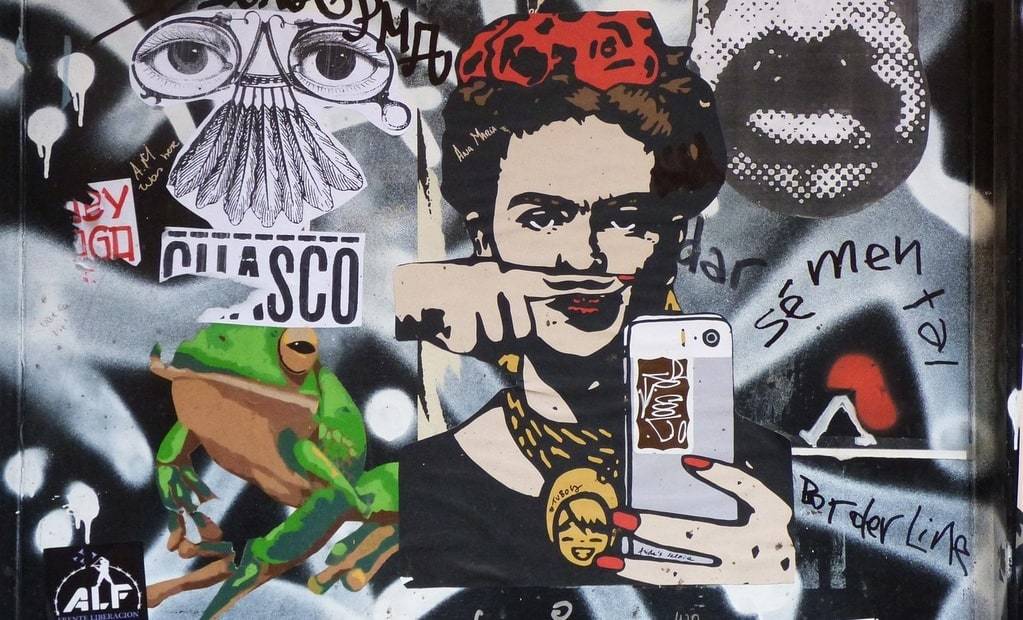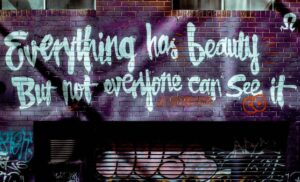Digital art has seen rapid evolution in recent years, driven by technological advancements and the growing intersection of art and technology. This transformative movement is reshaping the creative landscape, providing artists with new tools and platforms to express their creativity. The impact of these changes on the digital art industry is profound, affecting everything from artistic techniques to the market structure.
Current trends in digital art and their influence on artistic practices
Several key trends have emerged in the realm of digital art that are shaping the way artists work and engage with their audience. One such trend is the increasing use of Artificial Intelligence (AI) in creating digital artworks. AI algorithms can generate art independently or assist artists in the creation process, opening up new possibilities for experimentation and exploration. This trend is leading to the rise of generative art, where artists set parameters, and algorithms produce unique pieces.
Another significant trend is the rise of Non-Fungible Tokens (NFTs). NFTs have revolutionized the concept of ownership in the digital art space. With NFTs, artists can mint their digital creations, making them one-of-a-kind and enabling them to be bought and sold like traditional artworks. This development has disrupted the traditional art market, creating a digital economy where both established and emerging artists can monetize their work in innovative ways.
The increasing integration of virtual and augmented reality is also changing the way art is experienced. Virtual reality (VR) allows for the creation of immersive, three-dimensional art installations that viewers can interact with in real-time. Similarly, augmented reality (AR) enables digital art to be overlaid onto the physical world, offering new forms of engagement and expanding the boundaries of what art can be.

The impact of NFTs on the digital art market
The introduction of NFTs has had a monumental impact on the digital art market, creating a new paradigm for artists and collectors alike. Traditionally, digital art was often undervalued because it was easily replicable and did not have a unique, traceable ownership structure. NFTs have changed this by allowing each digital artwork to have a verified owner, giving value to digital pieces that were once considered ephemeral.
This has led to an increase in demand for digital art, with collectors willing to pay substantial sums for unique NFT pieces. Some digital artworks have sold for millions of dollars, bringing unprecedented attention to the digital art space and elevating the status of digital artists. Additionally, NFTs provide artists with a way to earn royalties on future sales of their work, ensuring continued revenue as the value of their pieces appreciates over time.
NFTs have also democratized the art world by providing a platform for lesser-known artists to reach a global audience. Online marketplaces like OpenSea, Rarible, and Foundation have emerged, allowing artists to showcase their work to potential buyers without the need for traditional art galleries or intermediaries.
Adoption of AI tools in artistic creation
AI tools have become increasingly popular among digital artists, offering new ways to generate and manipulate artwork. AI algorithms such as generative adversarial networks (GANs) and deep learning models can analyze massive amounts of data to create entirely new visuals, styles, and compositions. This technology has given birth to an entirely new genre of art known as “AI art,” where artists collaborate with machines to produce works that are often beyond human capability.
For many artists, these tools are not meant to replace traditional techniques but to complement them. AI can help artists explore new aesthetics and push the boundaries of their creativity by providing suggestions or generating unexpected results. However, the use of AI in art also raises ethical questions about authorship and originality. When an AI generates a piece of art, it challenges the traditional notion of what it means to be an artist, sparking debates about creativity and the human role in art.
The role of virtual and augmented reality in redefining artistic experiences
Virtual and augmented reality technologies are changing the way people experience art, making it possible to interact with artworks in immersive, three-dimensional spaces. This trend is leading to the development of virtual galleries, where visitors can explore digital art collections without leaving their homes. These virtual galleries can host exhibitions, allowing artists to reach a global audience and offering viewers a more engaging experience than traditional 2D displays.
Similarly, augmented reality is making it possible to blend digital art with the physical world. Using AR applications, viewers can project digital artworks onto real-world surfaces, creating a unique fusion of physical and virtual realities. This not only enhances the experience for art enthusiasts but also opens up new opportunities for public art installations and interactive exhibitions.
Key takeaways for understanding trends in digital art
To summarize the key trends impacting the digital art industry :
- Artificial Intelligence: aI is transforming artistic creation by providing artists with new tools for experimentation and exploration.
- Non-Fungible Tokens (NFTs): nFTs have redefined ownership and value in the digital art market, making it possible to trade and own unique digital pieces.
- Virtual and Augmented Reality: vR and AR technologies are offering immersive and interactive ways to experience digital art, pushing the boundaries of how art can be displayed and engaged with.
These trends are not only changing the way art is created and consumed but are also shaping the future trajectory of the digital art industry. As technology continues to advance, it will be fascinating to see how artists leverage these innovations to push the limits of creativity and redefine what art can be.
In conclusion, the impact of these trends on the digital art industry is profound and far-reaching. They are paving the way for new forms of artistic expression, enabling artists to explore uncharted territories, and creating a more dynamic and inclusive art market. As these technologies continue to evolve, their influence on the digital art industry will undoubtedly continue to grow, offering exciting possibilities for artists and art lovers alike.

